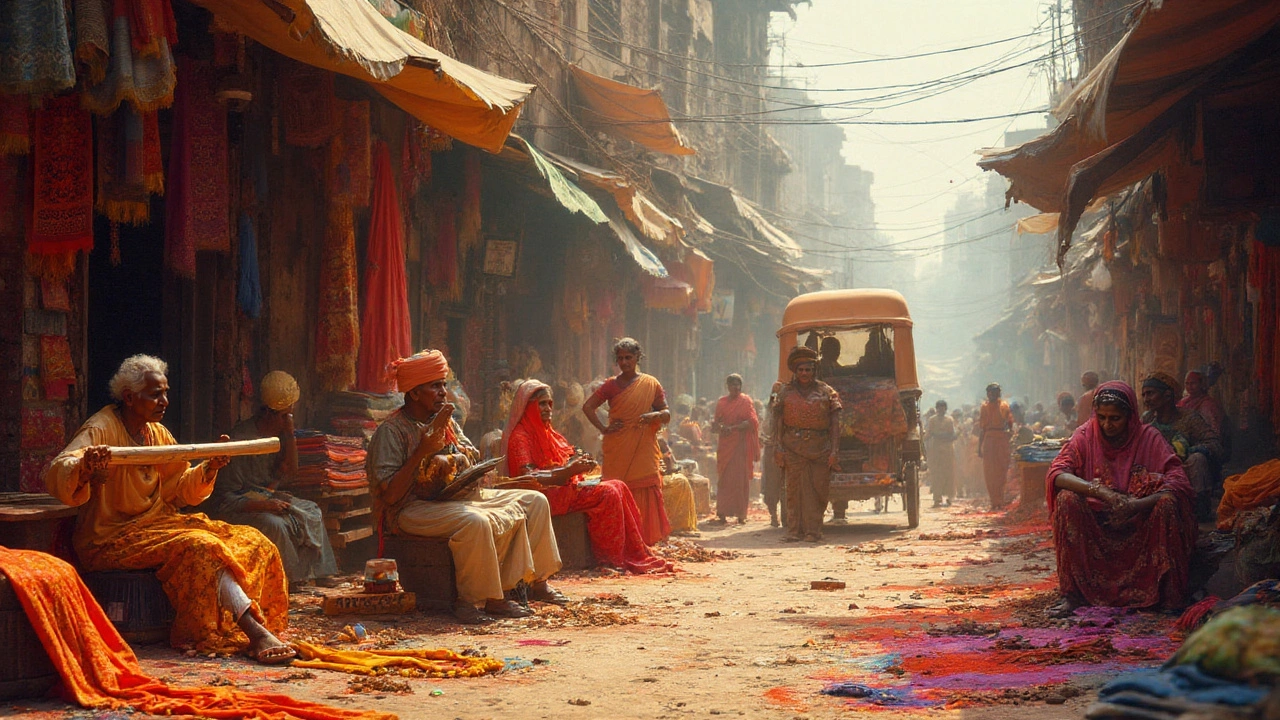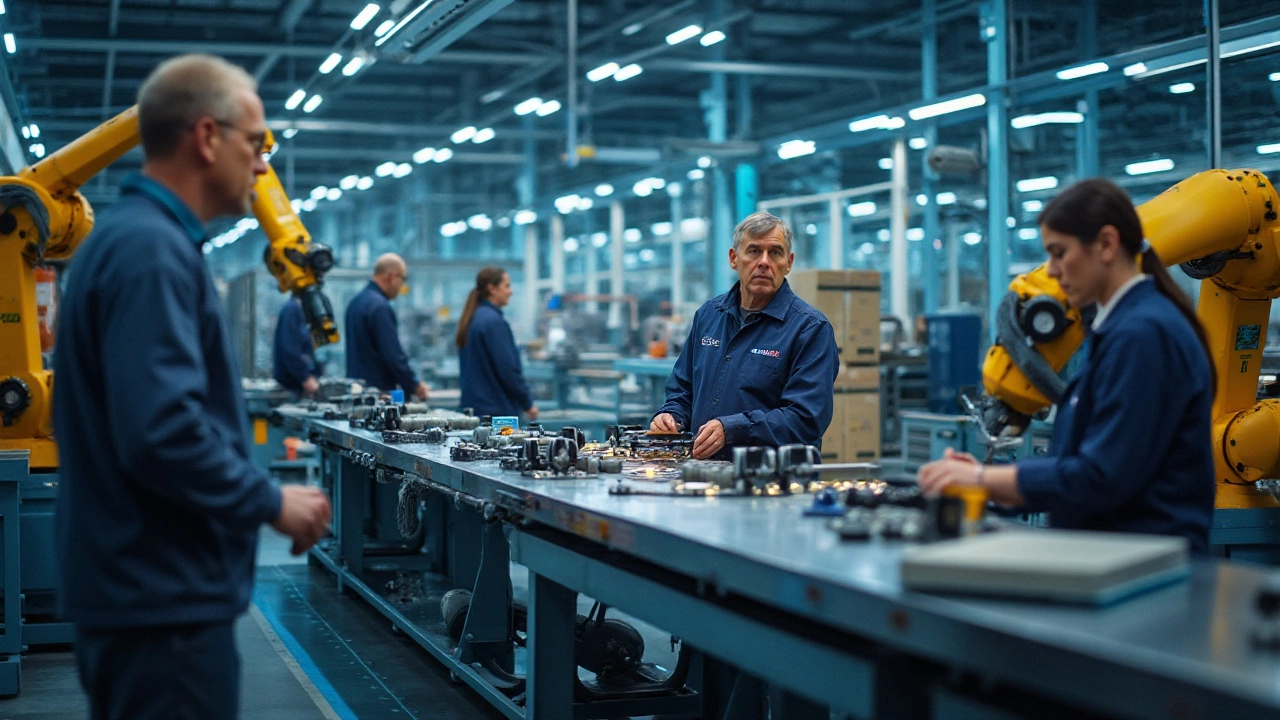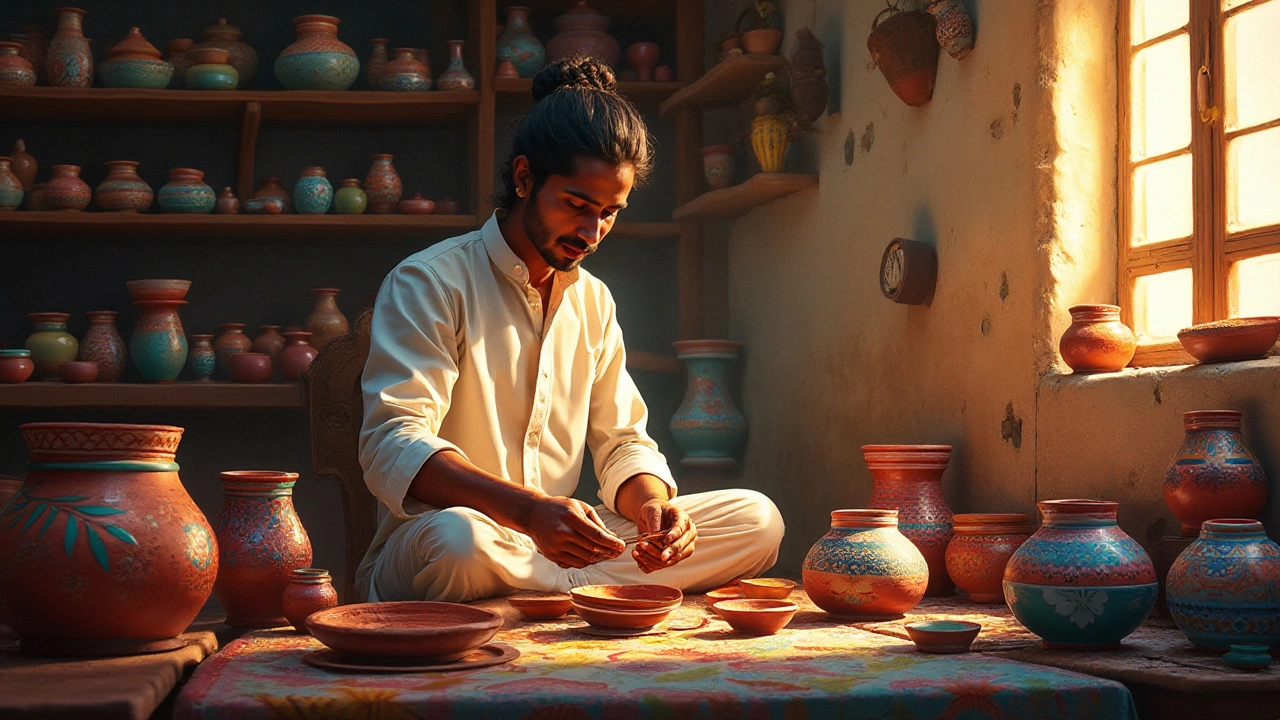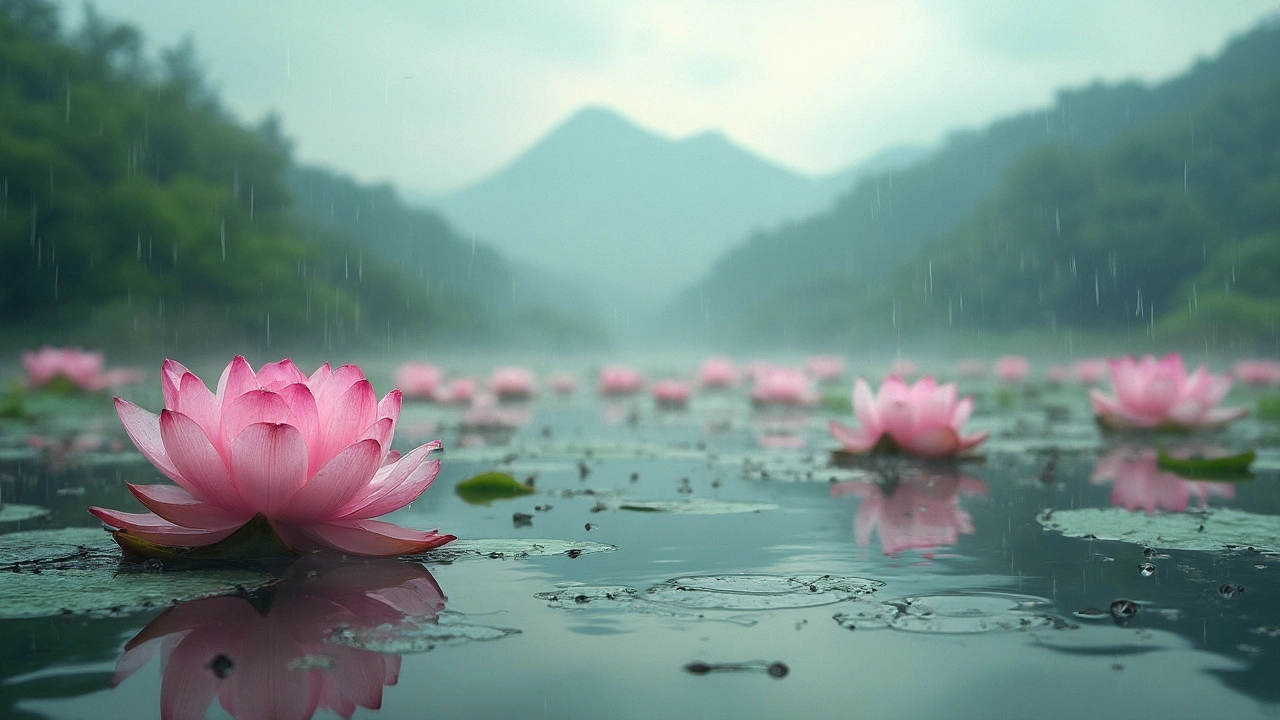Oldest Pharma Company in India: How Bengal Chemicals Shaped the Industry
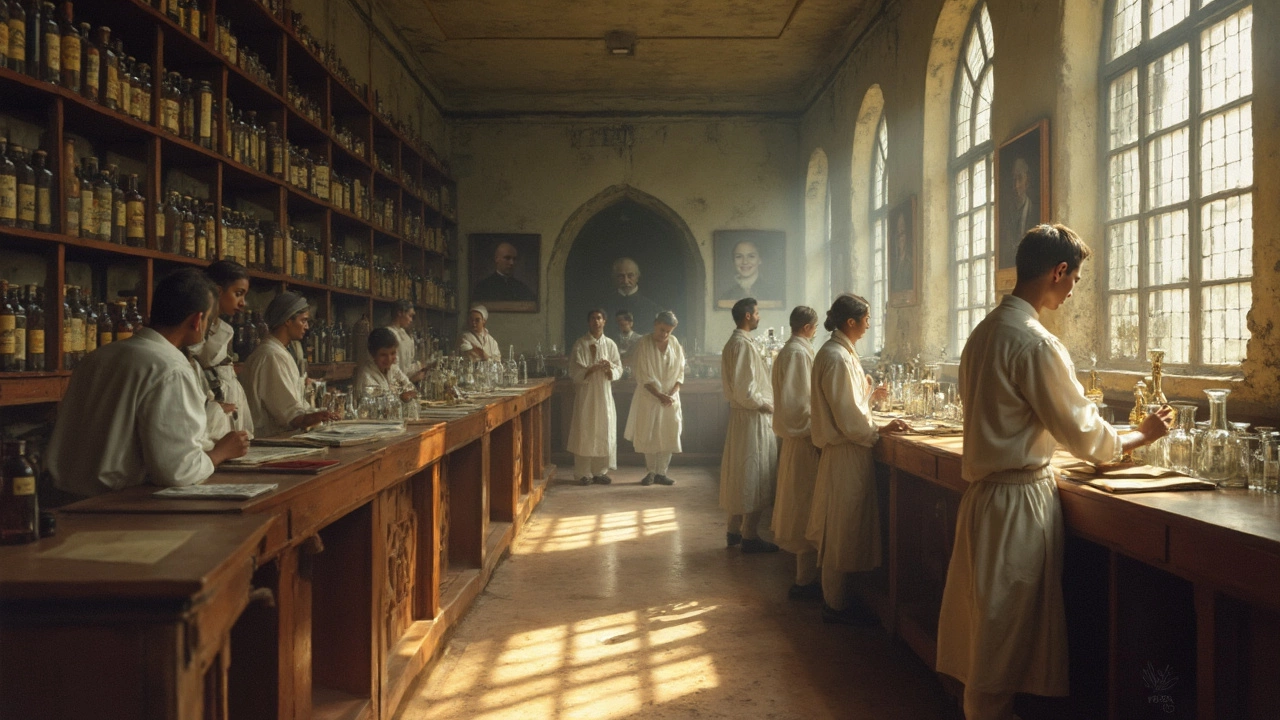
If you've ever wondered how India's massive pharmaceutical world began, the answer takes you back over a century—long before the big names we hear about today. The oldest pharma company in India isn’t a modern giant, but Bengal Chemicals and Pharmaceuticals Limited (BCPL), a name that still rings a bell for anyone who’s read school-level science.
Started way back in 1901, BCPL was the dream project of a single-minded chemist, Dr. Prafulla Chandra Ray. Imagine the scene: British India in the early 1900s, most medicines imported, and local pharma barely a concept. Then comes Ray, deciding Indians should not depend on imported drugs. He set up a small lab in Kolkata, and things took off from there.
This isn’t just about who was “first” for the sake of trivia. The foundation of BCPL changed the game for Indian manufacturing. Before this, genuine Indian pharma barely existed. Today, with India exporting medicines worldwide and running one of the globe’s largest generic drug industries, it’s almost comical to think how it all started in a modest laboratory with glass beakers and big dreams.
- The Birth of Indian Pharma: Bengal Chemicals
- Prafulla Chandra Ray: The Visionary Behind It All
- Survival and Growth Through a Century
- Landmark Products and Legacy
- What Modern Pharma Learns From the Oldest Player
The Birth of Indian Pharma: Bengal Chemicals
Bengal Chemicals and Pharmaceuticals Limited (BCPL) isn’t just a name from the past—it’s a pioneer that put Indian pharma on the world map. Before BCPL, the Indian market was flooded with expensive imported medicines, which weren’t always easy for locals to get. In 1901, Dr. Prafulla Chandra Ray flipped the script with a homegrown company in Kolkata, making BCPL the oldest pharma company India has ever seen.
BCPL first produced a simple but badly needed product: disinfectants. Then, it moved onto painkillers and tonics, quickly earning the public’s trust. The company wasn’t just about business—it aimed to give Indians a reliable and affordable option for essentials like quinine (for malaria) and even home care products. Fun fact: by 1905, BCPL was one of the very few labs in Asia manufacturing its own chemicals and pharmaceuticals, not just repackaging imports.
- BCPL was officially incorporated as a company in 1901.
- The first factory opened at 164, Maniktala Main Road, Kolkata, which is still operational.
- They produced everything from sulfa drugs in World War II to household names like naphthalene balls, which are still best-sellers across the country today.
BCPL’s impact by the mid-20th century was unmatched. During shortages in both world wars, BCPL ramped up production of life-saving drugs—helping out not just locals, but even the British army. With every new product, they proved that India could stand on its own feet in healthcare.
Here’s a quick look at some big milestones in BCPL’s early years:
| Year | Milestone |
|---|---|
| 1901 | BCPL is founded by Dr. P.C. Ray |
| 1919 | BCPL becomes a government company |
| 1940s | Supplies sulfa drugs during wartime shortages |
| 1950s | Expands into home care and consumer products |
This is why Bengal Chemicals’ story isn’t just about business, but about giving people options and changing the country’s healthcare for good.
Prafulla Chandra Ray: The Visionary Behind It All
This is where the real story kicks off. Dr. Prafulla Chandra Ray wasn’t a business tycoon or a pharma executive. He was a chemistry professor at Presidency College, Kolkata, with the spirit of an entrepreneur and the heart of a teacher. Most of his students thought he was a bit stubborn, always talking about self-reliance before it was fashionable.
Ray’s motivation? Simple. He didn’t like that Indians had to rely on imported medicines—both expensive and hard to get. Back in the 1890s, if you went to a pharmacy in Kolkata, you mostly found stuff from British or European companies. Ray saw a gap and wanted Indians to fill it themselves. So, with just Rs. 700 in savings and a tiny house for a lab, he launched Bengal Chemical Works in 1901.
Ray and his small team worked hands-on: mixing chemicals, developing new medicines, and making everything from soaps to disinfectants. By the way, Bengal Chemical was the first company in India to manufacture synthetic drugs like naphthalene and hydrochloric acid. It wasn’t just about making tablets—it was about building know-how from scratch, with zero shortcuts.
Here’s a quick look at how things took off for Ray and his company:
- Year founded: 1901
- Started with: Just a handful of assistants and basic equipment
- By 1916: Company registered as Bengal Chemicals & Pharmaceutical Works Ltd.
- First big products: Sassy tonic, Naphthalene balls, and indigenous drugs
- Made a profit in the first decade—a huge feat considering competition from European giants
Ray kept teaching while building the firm. He found time for research too. One of his chemistry discoveries—Mercurous Nitrite—was published in 1896 and was a hit in the science world.
| Fact | Detail |
|---|---|
| Year of Birth | 1861 |
| Year Bengal Chemicals Was Founded | 1901 |
| Known For | Starting oldest pharma company India, major chemistry contributions |
| Notable Early Products | Naphthalene balls, Sassy tonic, Disinfectants |
Ray’s dream wasn’t just about profits. He wanted to show that Indian hands and minds could build world-class stuff. He hired local talent, trained them, and pushed the company’s focus toward education and affordability—a rare mix, even today. Besides the science, that’s probably the secret sauce in Bengal Chemicals’ staying power.
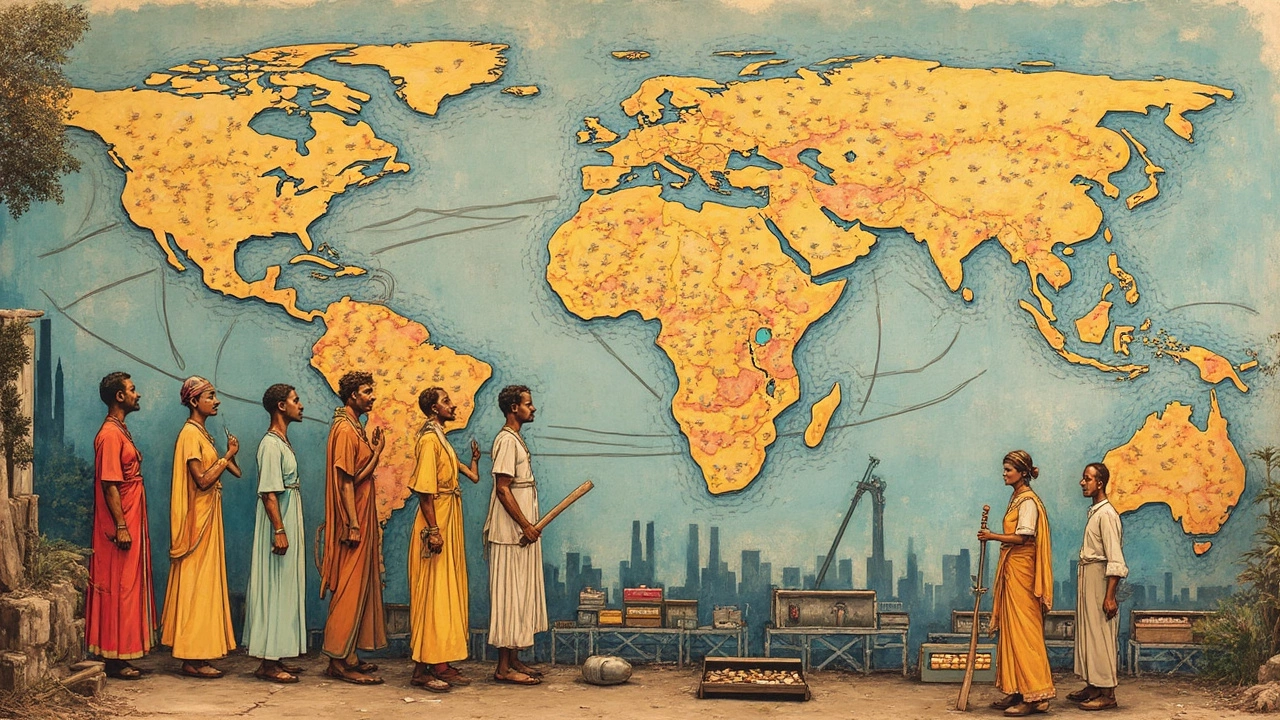
Survival and Growth Through a Century
Bengal Chemicals didn’t just survive over a hundred years; it’s been through wild ups and downs that would break most companies. At the start, it faced huge competition from foreign brands. Even in those tough pre-Independence days, it kept its doors open, rolling out basic medicines, soaps, and disinfectants that became common in Indian homes.
Things really shifted in 1956 when the Indian government took over, converting BCPL into a public sector company. This move protected it during the uncertain years that followed, like when India was just figuring out its new economy after 1947. By the late 1970s, the company had grown to multiple units—Kolkata, Panihati, Mumbai, and Kanpur—building a network that helped it supply both medicines and chemical goods across the country.
Here’s a quick look at how BCPL held up during key years:
| Period | Milestone/Change |
|---|---|
| 1901-1947 | Survived British competition, became a household name |
| 1956 | Nationalized; became a public sector unit |
| 1970s | Expanded to four major production units |
| 1980s-1990s | Faced losses and tough times due to increased competition and mismanagement |
| 2010-2020 | Turnaround driven by new leadership and revival of classic product lines |
Honestly, there were years when the company almost shut down. In the 1990s and early 2000s, BCPL was in the red, struggling to pay salaries. It got labeled as a “sick unit”—the kind government officials often ignore. But around 2016, a new management team decided to fix things, focusing on its roots: disinfectants and affordable generic medicines.
BCPL’s key lifeline has always been its trusted old products. During the COVID-19 pandemic, the demand for its white phenyl disinfectant and boroline cream went through the roof, showing the brand’s lasting bond with Indians. Instead of bowing out, it doubled down on products that households still remembered.
So, when you see "oldest pharma company in India" on a list, realize it’s not just about age. Bengal Chemicals stayed in the game by adapting, cutting waste, and leaning hard into what it did best. It’s a rare survivor in an industry where some brands vanish in a decade or less.
Landmark Products and Legacy
Bengal Chemicals and Pharmaceuticals Limited (BCPL) didn’t just rest on its title as the oldest in the business—it’s actually produced some products that became household names way before others caught on. You might be surprised to learn that their legendary Bengal Phenyl is still used in homes and hospitals across India. Back in the day, keeping things clean and germ-free without imported chemicals was a big deal. BCPL’s phenyl pretty much defined what "Indian disinfectant" smelled like for generations.
They also nailed it with their range of generic medicines—acetylsalicylic acid (that’s aspirin to the rest of us) and other must-have drugs, all made local when import prices kept them out of reach for normal families. Their anti-malarial tablets and the famous naphthalene balls, which every Indian kid remembers from their grandma’s wardrobe, kept the company relevant even as the decades changed.
But BCPL wasn’t just about mass-made products. They backed their reputation with standards higher than what most expected from an Indian company in the early 1900s. Their manufacturing plants in Kolkata, Panihati, and Mumbai began running to strict scientific protocols almost at the level of their British competitors. BCPL even made inputs for other pharma companies—a bit ironic, since many modern drug companies came to rely on the oldest one for raw materials and chemicals at some point.
- Bengal Phenyl: signature floor cleaner, still found in Indian hospitals today
- Surgical spirit and antiseptics: go-to options during epidemics, especially way back before Independence
- Naphthalene balls: almost everyone’s secret weapon against moths
- Generic medicines: aspirin, paracetamol, and more, at "common man" prices
Want numbers? Check out the stats below to see what kind of impact one company made, long before "Indian pharma" became a global thing:
| Product | Year Introduced | Peak Annual Production (units) |
|---|---|---|
| Bengal Phenyl | 1919 | 15 million liters |
| Naphthalene Balls | 1924 | 400 metric tonnes |
| Generic Medicines | 1912 | Over 100 million tablets |
BCPL's oldest pharma company India badge means more than just history—it's a playbook for how Indian businesses can innovate and last by making stuff people actually use, not just what looks good in a portfolio. They proved a local company could set benchmarks way before "Make in India" was a slogan.
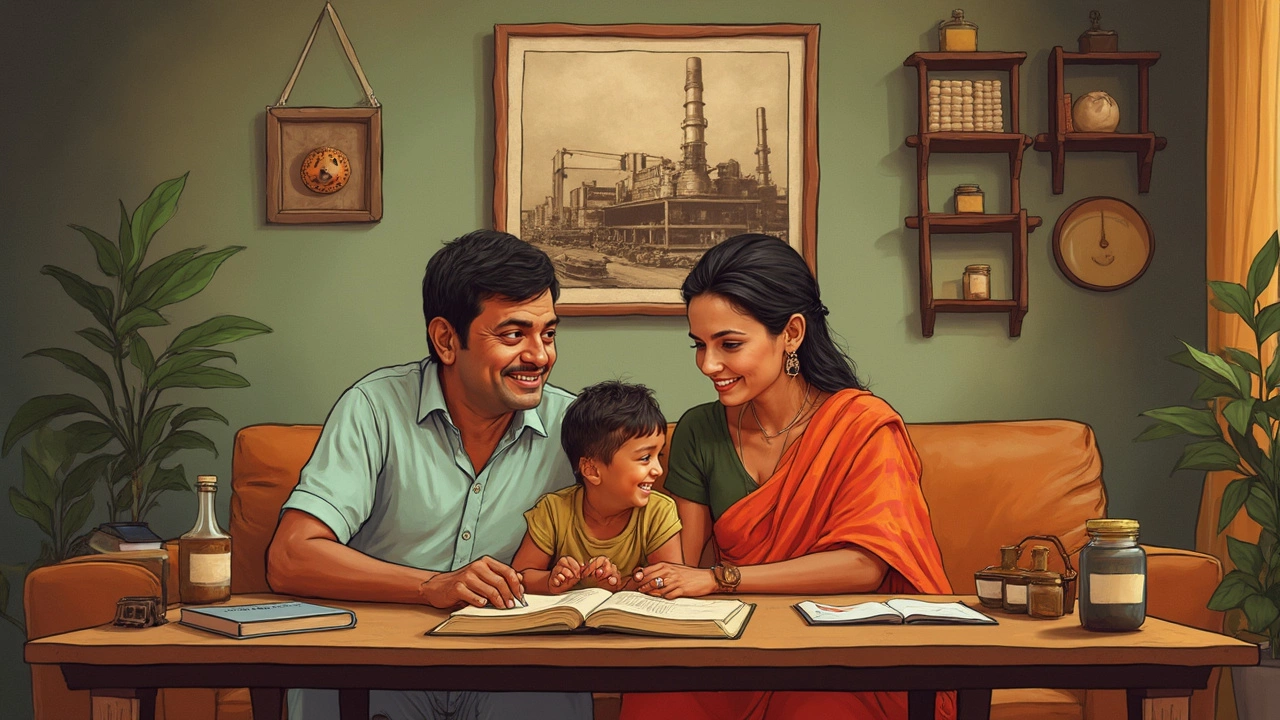
What Modern Pharma Learns From the Oldest Player
Bengal Chemicals isn’t just a museum piece. If modern drug makers think they have it tough, they should look at what BCPL went through. From supply shortages during two World Wars to funding issues, this company has faced nearly every kind of business drama imaginable—yet it’s still around. What’s their secret sauce?
First up: resourcefulness. When imported chemicals weren’t available, BCPL found local solutions and tweaked their formulas to work with what they had. This attitude pushed Indian pharma toward self-sufficiency decades before “Make in India” became a slogan. Today’s pharma companies—giants like Sun Pharma or Cipla—still lean on this idea, making sure they can handle global supply hiccups by sourcing and manufacturing at home.
Another big lesson is focus on public health. Bengal Chemicals understood that mass access matters. While high profits are tempting, BCPL kept pricing low on basics like antiseptics and generic drugs, especially during health emergencies. Modern companies are learning that building trust means sometimes taking a hit on margins, but earning long-term loyalty.
Transparency is also something the oldest pharma player gets right. Records show how meticulous BCPL was about quality control way back in the 1920s, when most firms cut corners. That’s still vital now—if there’s a product recall or safety concern, open communication can save a brand’s reputation.
- oldest pharma company India has proven that sticking with trusted, effective formulas has real staying power. Even after a century, BCPL’s iconic “Cantharidine Hair Oil” and “Phensol Disinfectant” are household names in Bengal.
- BCPL’s approach to continuous learning is something new-age pharma tries to copy. Every medicine they released was thoroughly tested, no shortcuts. Now, with global regulations demanding strict clinical data, that discipline pays off for all Indian pharma businesses.
Just to give some perspective, here’s how the pharma scene in India moved since BCPL’s start:
| Year | No. of Registered Pharma Manufacturers |
|---|---|
| 1950 | ~2,500 |
| 1970 | ~8,000 |
| 2022 | Over 10,500 |
Standing the test of time is no small feat here. The main takeaway for today’s drugmakers? Don’t ignore your roots. Bengal Chemicals showed that resilience, adaptability, and a bit of stubborn focus on quality can outlive the flashiest trends.

